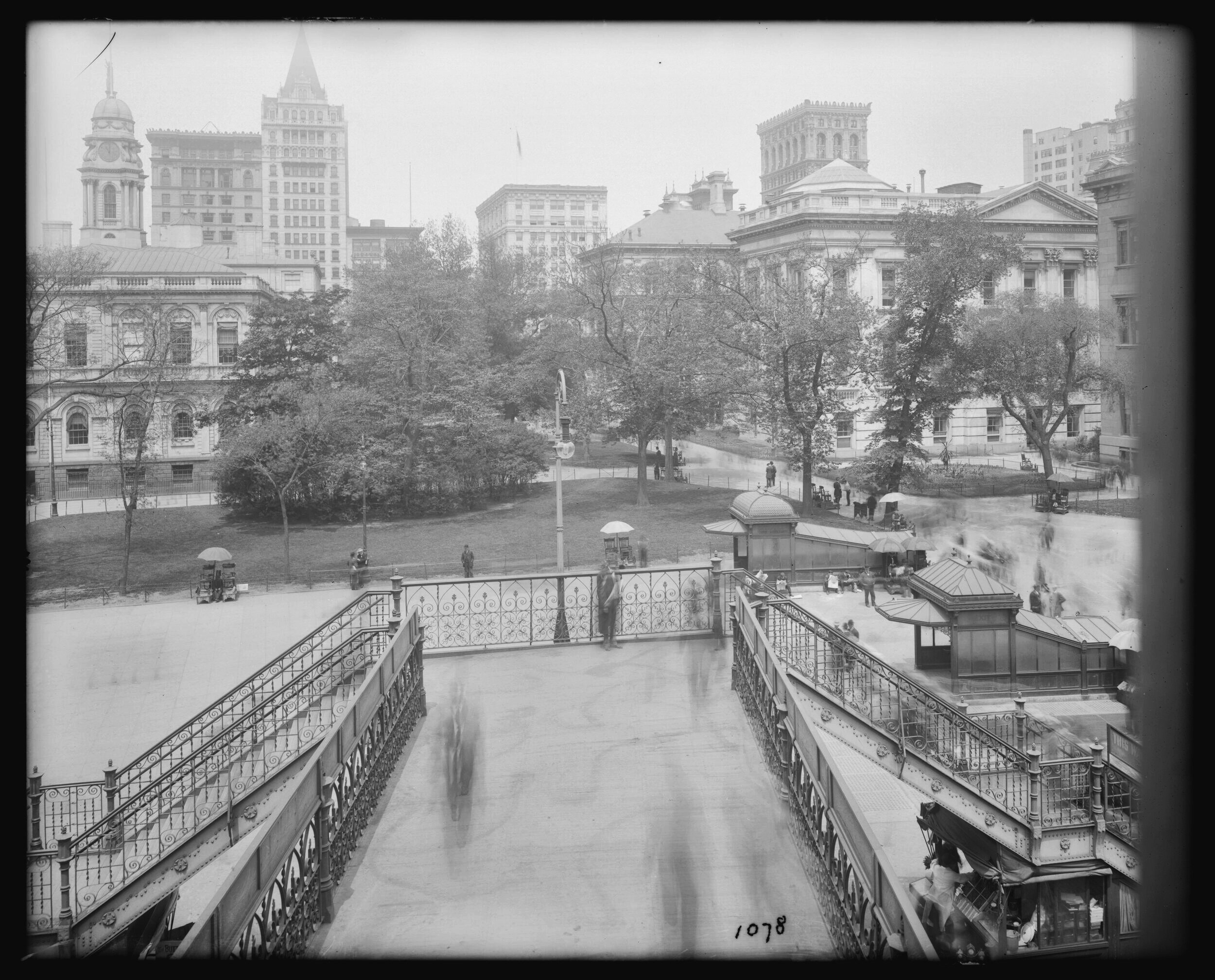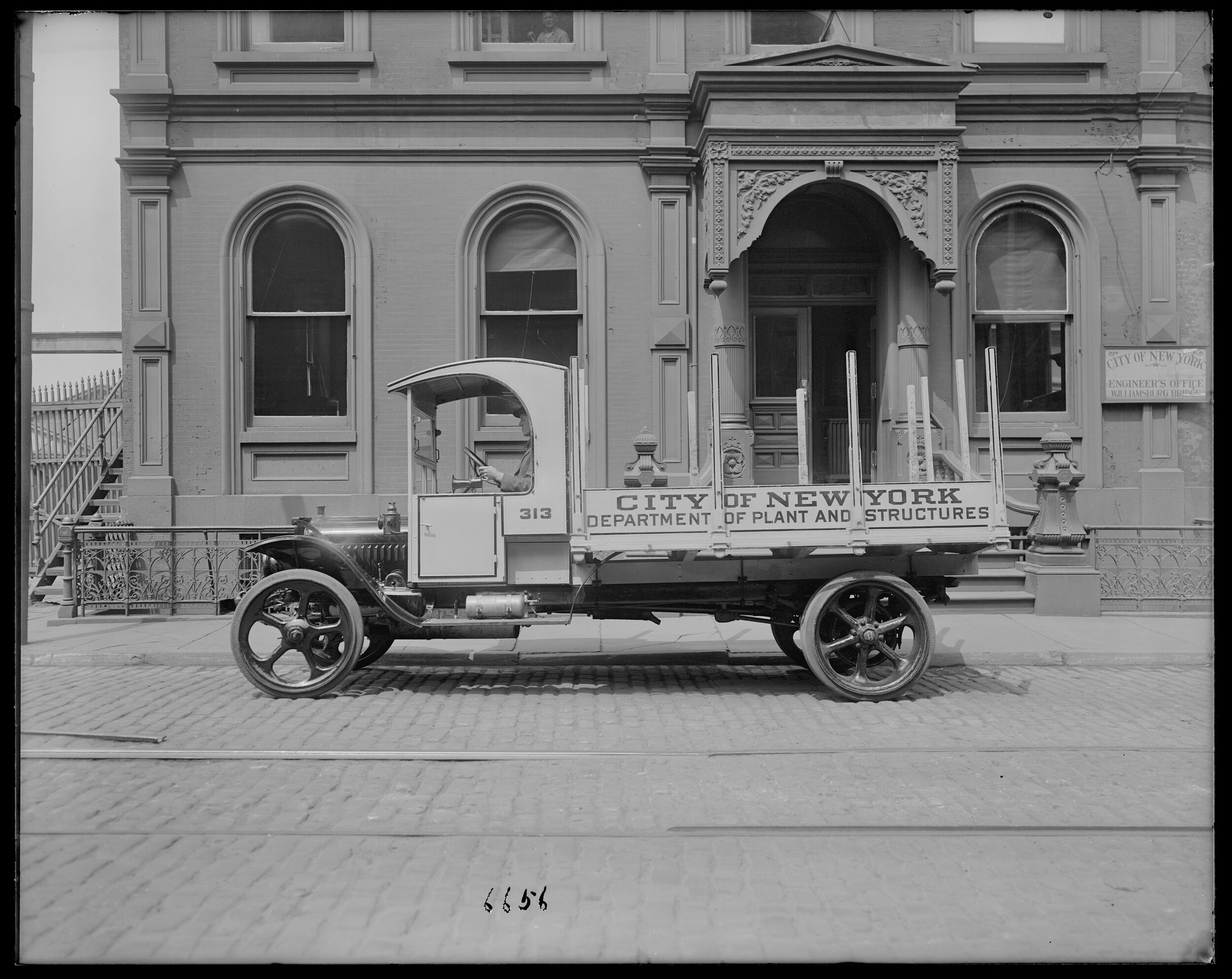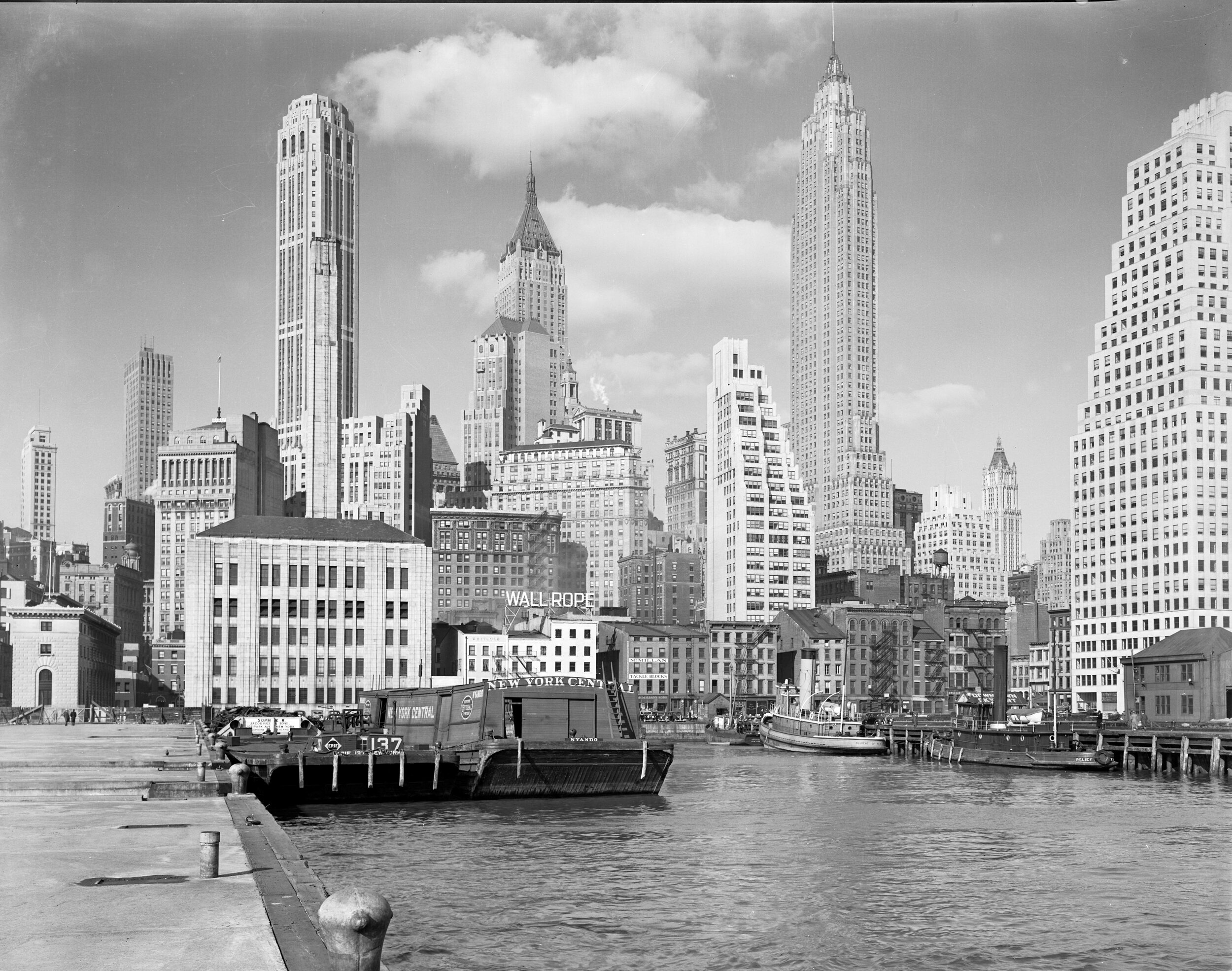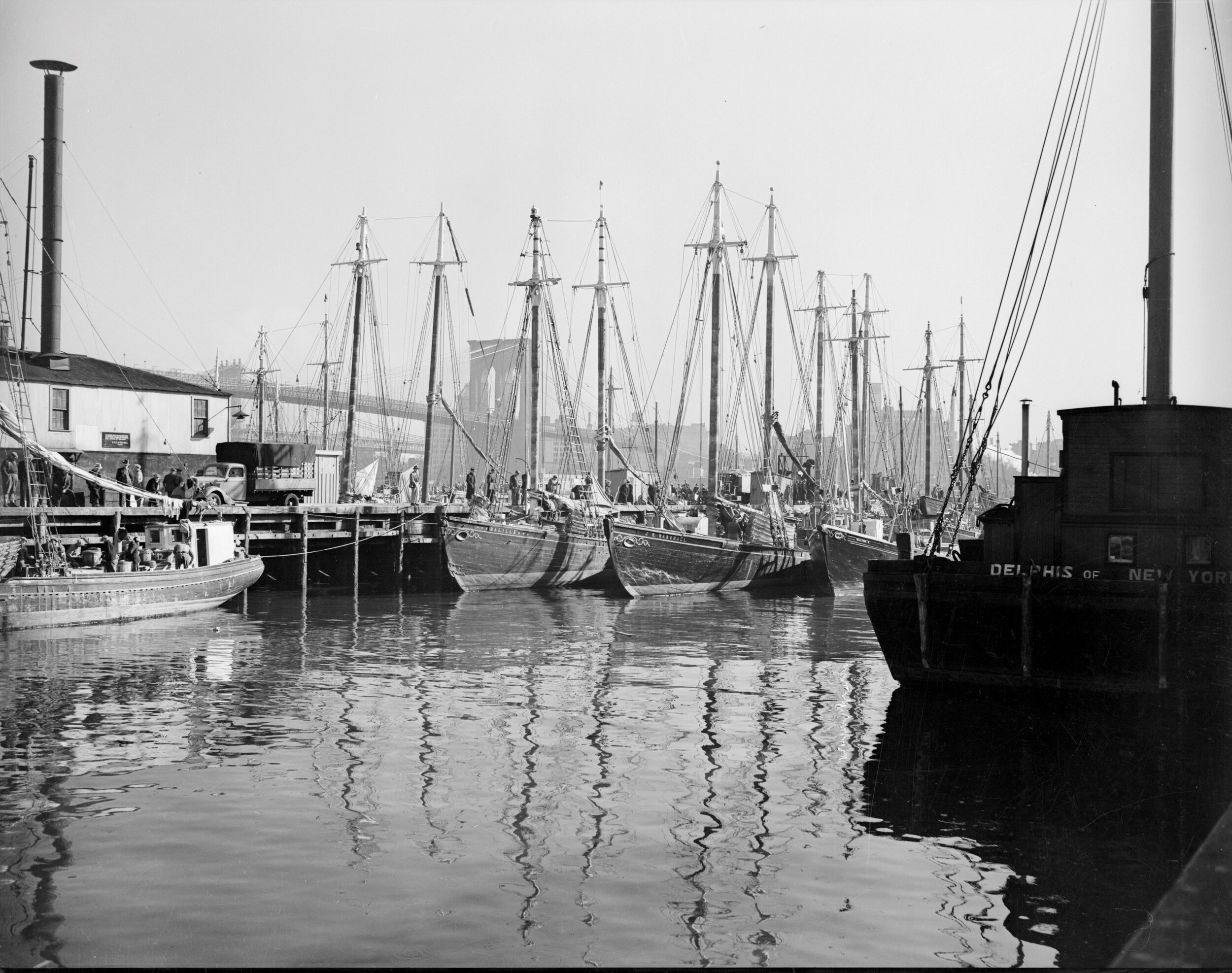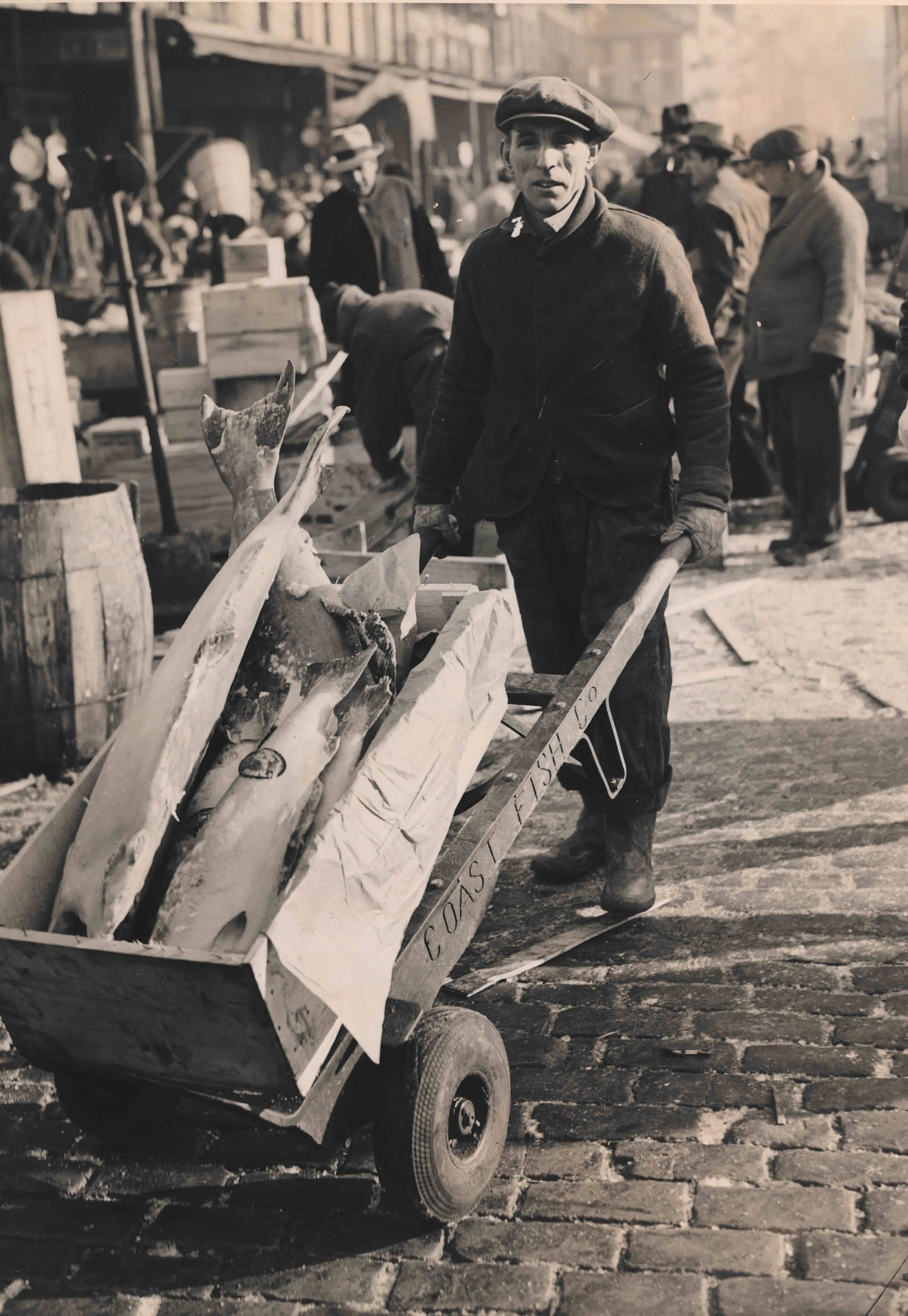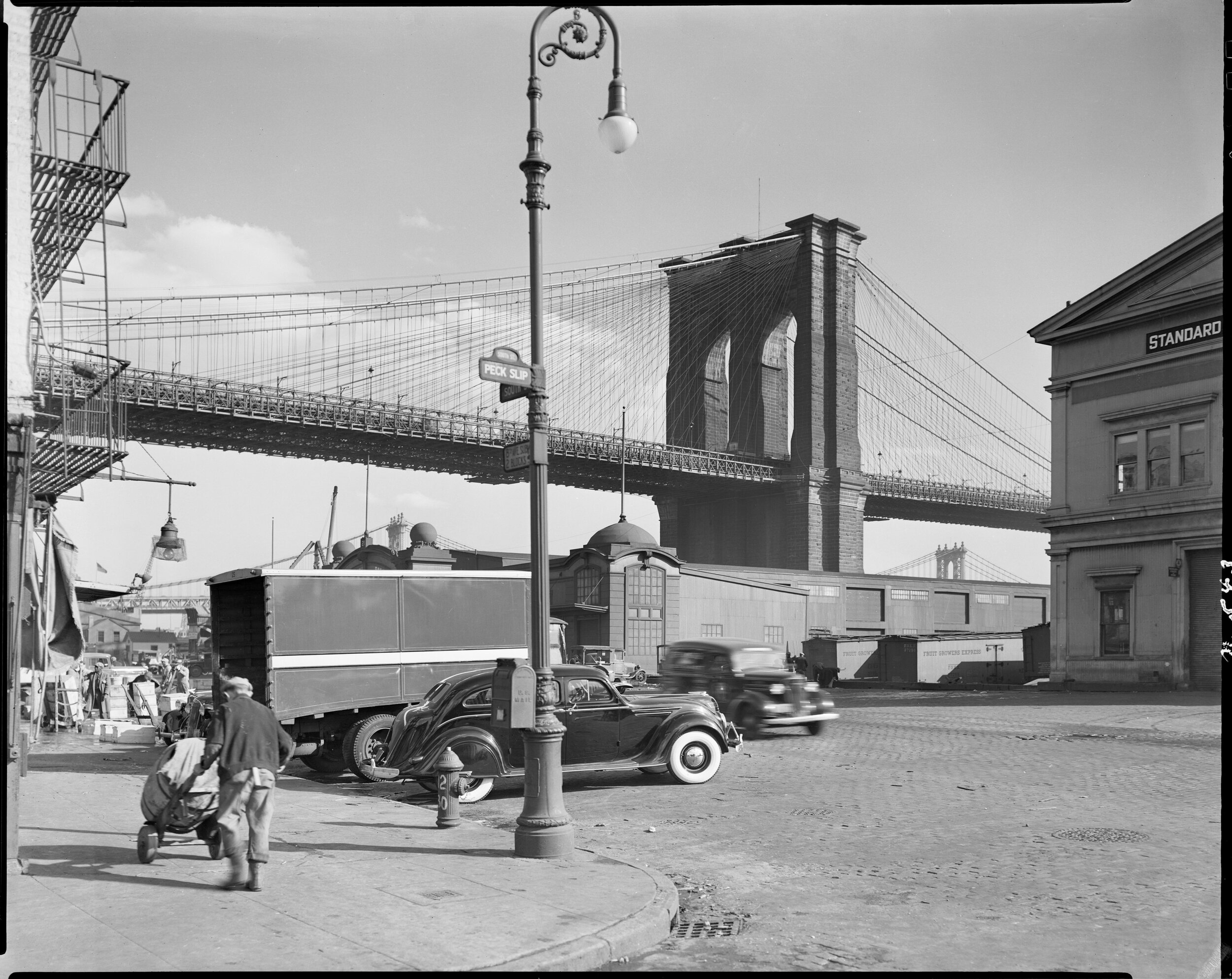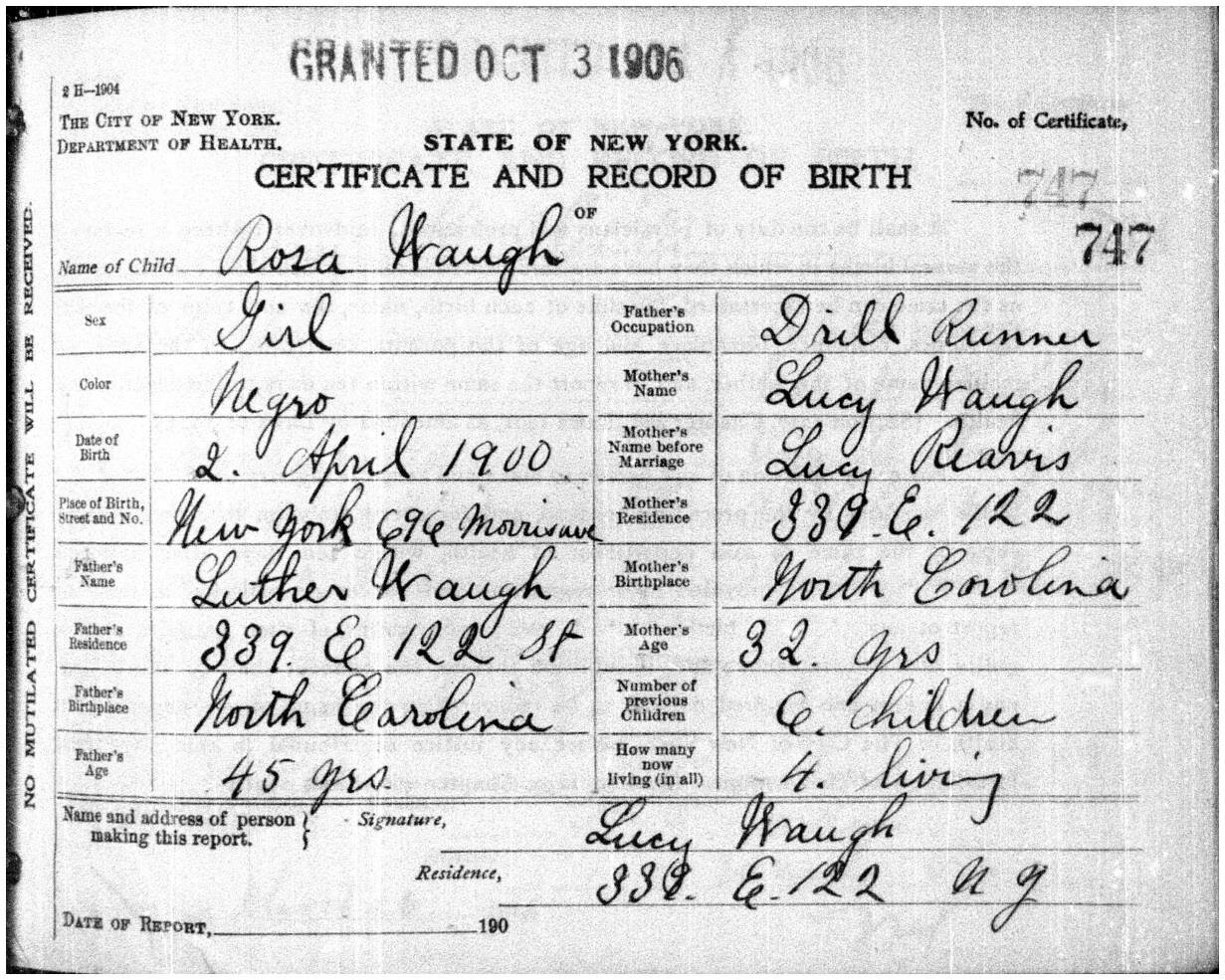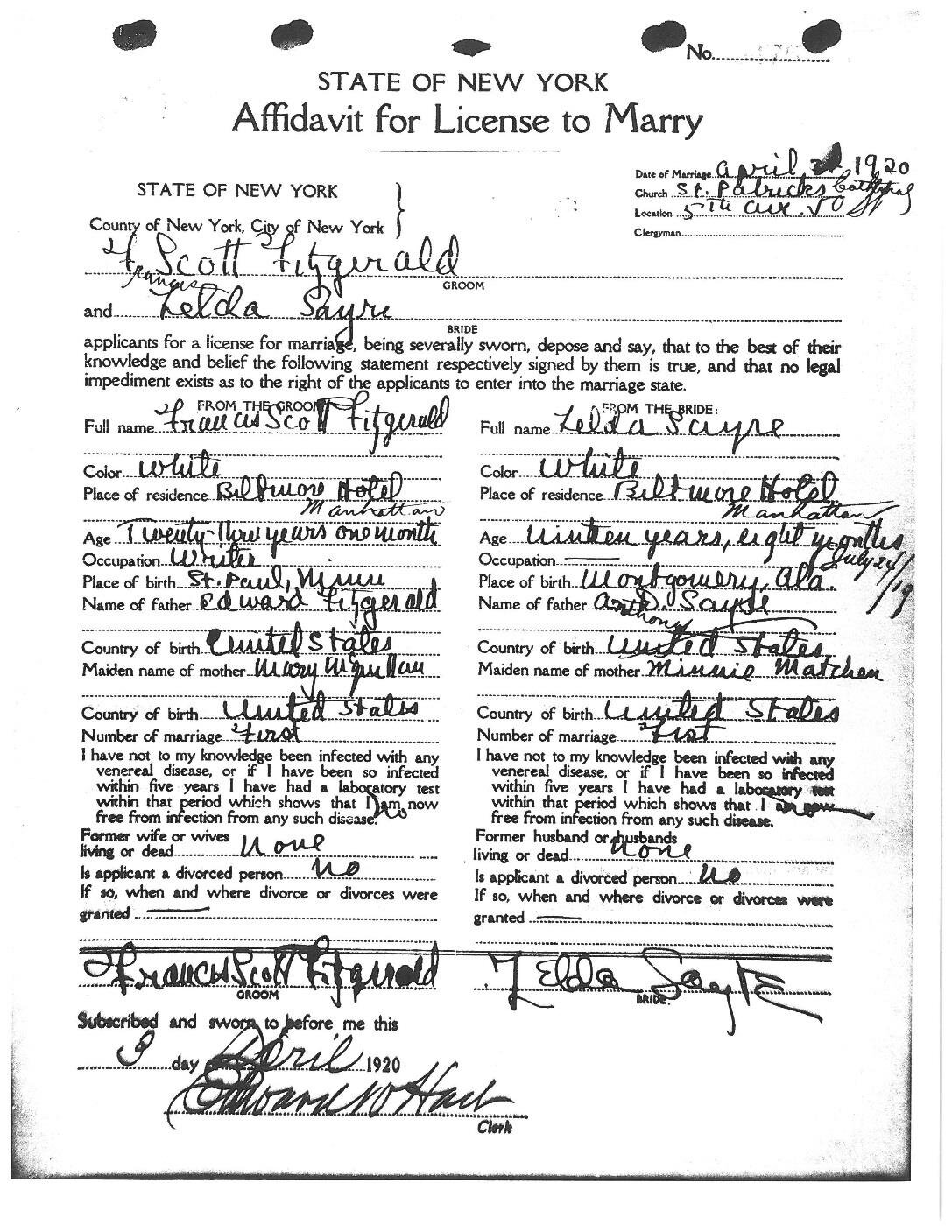Since the beginning of the HIV/AIDS epidemic, over 700,000 people have died from the illness in the United States and over 1.2 million people live with it in the country today. In the 1980s, the average life expectancy for HIV positive people was only one year, the diagnosis an almost certain death sentence. Today, the life expectancy (and quality of life) for those who are HIV positive is only slightly less than those without HIV. This is due to relentless activism and breakthrough medical advances that began to crystallize in the mid- 1990s. In a 1991 episode of WNYC-TV's New York Hotline hosted by Brian Lehrer, a panel of experts discussed the hopes and challenges of developing effective HIV/AIDS treatments and the ethics of experimental drug trials for a terminal illness while taking calls from the New Yorkers., one of the cities hit hardest by the epidemic.
What would eventually be called AIDS was first recognized on June 5th, 1981, in both Los Angeles and New York City as acute immune deficiencies in otherwise healthy young gay men. By 1991, the HIV/AIDS epidemic was at its peak and had become a serious cause for concern for many Americans. Questions about how the virus was spread, who was most at risk, the privacy of those infected (or tested), and how long it would take to find a cure or vaccine were part of the national dialogue. This was a drastic (dramatic?) change from the early 1980s when many Americans were deeply misinformed about the illness, convinced that it could only infect gay men. These misconceptions began to change as a number of public figures disclosed their HIV/AIDS diagnoses, such as actor Rock Hudson in 1984, and athlete Magic Johnson in 1991.
WNYC-TV Collection, New York Hotline: AIDS Treatments Episode #215. Progress on the development of AIDS treatments was agonizingly slow or surprisingly rapid, depending on who you talked to.
HIV was determined to be the cause of AIDS in 1984, with scientists at the National Cancer Institute building on research from the Paris based Pasteur Institute. Proper testis for the virus were not developed until 1985 and it took further time to refine and reduce the number of false positives. With adequate testing, research on treatments could begin. In 1987, six years after the start of the epidemic. the FDA approved AZT, the first drug to treat HIV. For many people, AZT would prove ineffective after a short period of time. This included Aldyn McKean, one of the founders of ACT UP, an HIV/AIDS advocacy group. McKean survived with HIV for over 10 years, allowing him to consistently agitate for faster research and more access to clinical trials.
President Ronald Reagan deliberately ignored the existence of the epidemic until 1987 which furthered the belief of advocates and those infected that the federal government did not take the threat that HIV/AIDS posed to American lives seriously, even as infection rates climbed year after year. Conversely, Reagan's Surgeon General, C. Everett Koop began an awareness campaign in 1986, including the distribution of over 100 million pamphlets titled “Understanding AIDS.” This pamphlet controversially advised people to wear condoms to prevent contracting the virus, much to the chagrin of the Reagan administration that had eschewed condoms and sex education in favor of an abstinence-based approach.
WNYC-TV Collection, New York Hotline: AIDS Treatments Episode #215. While medical experts and researchers urged a cautious approach, many with HIV/AIDS demanded access to experimental drugs to treat their condition.
But the demands of those who already had HIV for access to clinical trials of experimental new treatments grew louder.
Although the medical community saw the rate of progress as a good sign, McKean and other advocates were dismayed at the lack of access to experimental drugs for people who had already been infected. In this episode of New York Hotline, McKean suggested that people with AIDS be allowed to make the decision themselves as to whether they wanted to take a drug that had already passed phase 1 clinical trials indicating it was safe for humans, but had not passed phase 2 or 3 trials proving its effectiveness. He also dismissed the idea that opening such trials early would reduce the veracity of the results, instead trying to center the debate around the patient and not the medical research protocols.
To be sure, many people were enrolled in phase 2 and 3 trials for drugs like AZT that ultimately led to the effective maintenance drugs used today. However, the people with access to those trials were primarily white men. Although the stereotype still persists that HIV/AIDS primarily impacts gay men, by 1991 AIDS became the number one killer of women aged 25-44 and the epidemic disproportionately affected people of color, particularly African Americans. As of 2018, African Americans make up 42% of new HIV infections in the United States. This lack of access to clinical trials, and the outsized impact of the epidemic on underserved communities is still being felt today.
WNYC-TV Collection, New York Hotline: AIDS Treatments Episode #215. The HIV/AIDS epidemic effects everyone, regardless of gender, race, sexual orientation or age, but it has disproportionately affected African Americans.
In 1995, researchers created the first widely effective treatment for HIV/AIDS, called highly active antiretroviral therapy (HAART), more colloquially known as the AIDS cocktail. This treatment was a combination of AZT and other similar drugs that prevent the virus from replicating or being transmitted to others. At first, the treatment was a complicated regimen of many different pills taken at different times of the day. Over time, scientists were able to refine it into a single pill taken daily, drastically reducing the toll the virus took on patients and saving millions of lives. While a cure still has not been invented over 40 years after the virus was first recognized, recent medical breakthroughs like mRNA vaccines have given doctors- and patients- hope for the first time in a long time.
The WNYC-TV collection at the Municipal Archives is composed of thousands of films and video tapes created from the 1940s to the 1990s. New York Hotline and other WNYC-TV programs highlighted important issues of the day such as the HIV/AIDS crisis, Nelson Mandela’s visit to the City and local elections. Over the past three years, the Archives has digitized more than 1,000 WNYC-TV programs and made them available to view online as part of an ongoing effort to preserve this unparalleled collection.


